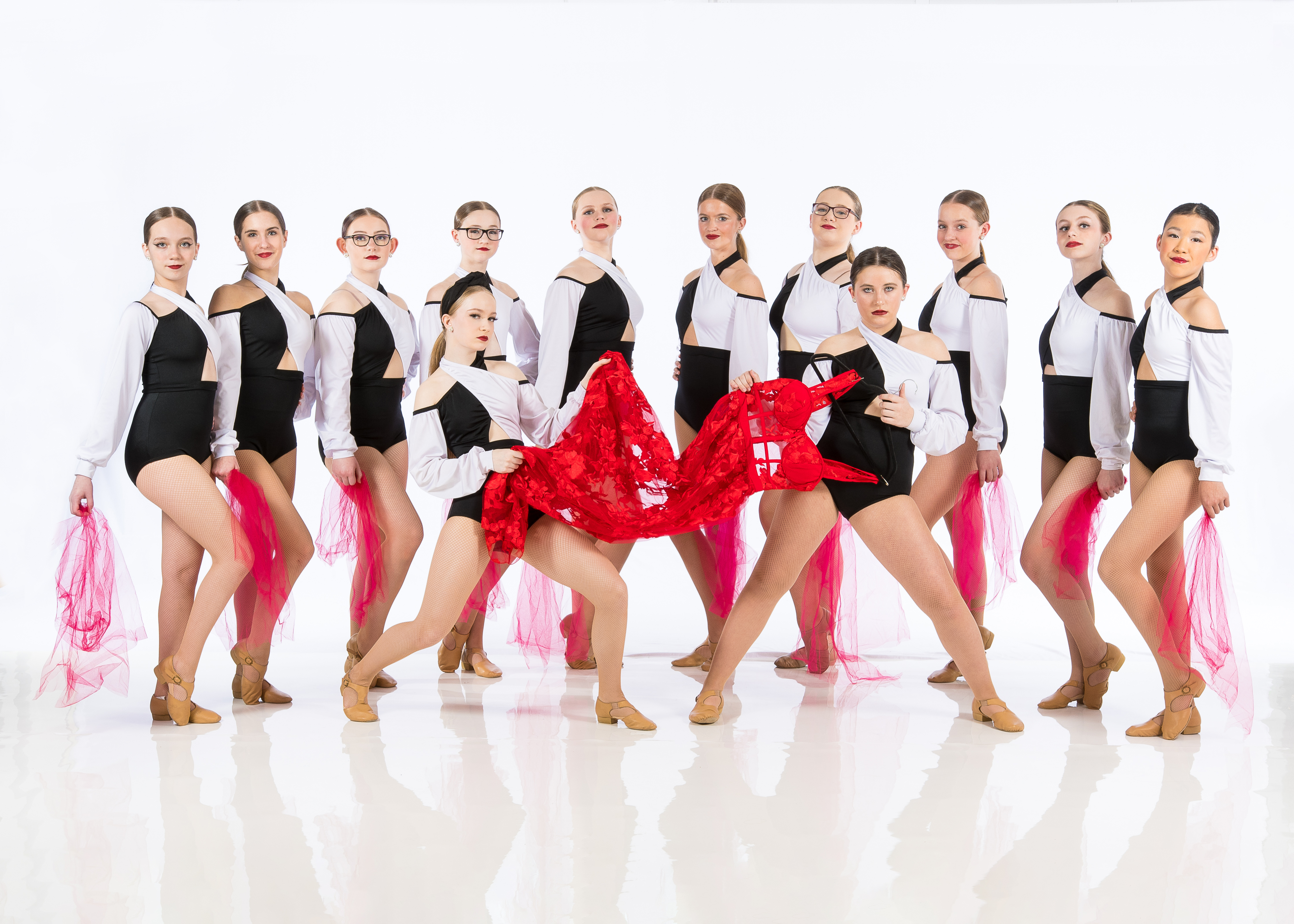Introduction
Ah, ballet! The graceful art form that has captured hearts and moved souls for centuries. Whether you're a seasoned dancer at a ballet dance studio or someone who just enjoys the enchanting performances, there's no denying the captivating impact of this beautiful discipline. From its royal origins to contemporary interpretations, ballet continues to evolve while retaining its classic charm. So, lace up your pointe shoes and join dance studio me as we embark on a splendid journey through time— Exploring the History and Influence of Famous Ballets.
What is Ballet?
Ballet is more than just an artistic performance; it's a sophisticated blend of technique, storytelling, and emotion. Originating in the Italian Renaissance courts around the 15th century, ballet has transformed into a global phenomenon that influences various art forms today.
The Basic Elements of Ballet
- Technique: The foundation of ballet relies heavily on technique. Dancers spend countless hours mastering positions, pirouettes, and leaps. Music: Each performance is intricately paired with music that enhances emotional depth. Storytelling: Many ballets narrate timeless tales ranging from fairy tales to historical events.
The Origins of Ballet
The Birthplace: Italy
Ballet's roots can be traced back to courtly entertainment in Italy. During the Renaissance period, noble families hosted elaborate dance performances that combined music, poetry, and visual arts.
Royal Patronage in France
As ballet spread northward into France, it garnered royal patronage under King Louis XIV in the 17th century. His love for dance led to the establishment of the first formal ballet dance academy, paving the way for future generations.

The Evolution of Ballet Styles
Classical Ballet vs. Contemporary Ballet
One must consider how ballet styles have evolved over time:
- Classical ballet emphasizes strict techniques and traditional narratives. Contemporary ballet blends classical elements with modern dance influences.
Neoclassical Ballet: A New Era
Neoclassical ballet emerged in the late 20th century as dancers began experimenting with movement while retaining technical precision.

Famous Ballets That Shaped History
Swan Lake: The Timeless Classic
Swan Lake, composed by Pyotr Ilyich Tchaikovsky in 1875-76, tells a haunting tale of love and betrayal. Its themes resonate even today:
- Characters: Odette, Prince Siegfried Themes: Transformation, sacrifice
Cultural Impact of Swan Lake
Swan Lake has inspired countless adaptations across various media—film, theater, and even fashion!
The Nutcracker: A Holiday Tradition
Debuting in 1892, Tchaikovsky’s The Nutcracker has become synonymous with holiday celebrations worldwide.
- Iconic Features: Sugar Plum Fairy, Nutcracker Prince Musical Highlights: The Dance of the Sugar Plum Fairy
Why We Love The Nutcracker
From annual performances to elaborate stage productions at ballet dance academies worldwide, The Nutcracker captures holiday magic like no other.
Exploring Iconic Choreographers
Marius Petipa: The Father of Classical Ballet
Marius Petipa was instrumental in shaping classical ballet through his innovative choreography.
- Known for works like Sleeping Beauty and Don Quixote, Petipa's influence remains unchallenged today.
Petipa's Legacy
His emphasis on storytelling through movement set standards still followed by modern choreographers.
George Balanchine: Neoclassicism Redefined
Balanchine revolutionized American ballet with his unique style that emphasized speed and athleticism over traditional narrative.

- Founding choreographer of New York City Ballet
Balanchine’s Innovations
He introduced shorter ballets focused on pure movement rather than storylines—an approach that offers fresh perspectives within a dance studio setting.
Ballet Around the World
Russian Ballet: A Unique Flavor
Russian ballet is renowned for its dramatic expression and technical prowess.
- Home to notable companies like Bolshoi Ballet
Influence on Global Dance
With grand productions like Spartacus, Russian ballet has left an indelible mark on international stages.
American Ballet: A Melting Pot of Styles
From Balanchine to contemporary works by choreographers like Twyla Tharp and Justin Peck:
- American ballet incorporates jazz elements reflecting cultural diversity.
Emerging Artists
Many young talents from dance studios across America are bringing new life into this art form!
The Role of Technology in Modern Ballet
Digital Innovations Transforming Dance Studios
With technological advancements:
- Virtual reality experiences allow audiences to immerse themselves in performances.
Online Dance Classes
Dance studios have adapted by offering online classes—making high-quality training accessible from anywhere!
Famous Dancers Who Changed the Game
Anna Pavlova: The Legendary Ballerina
Pavlova became one of history's most celebrated dancers thanks to her ethereal performances.
The Dying Swan
Her portrayal remains iconic—a testament to her incredible artistry.
Misty Copeland: Breaking Barriers
Copeland made headlines as the first African American female principal dancer at American Ballet Theatre.
A Role Model
She inspires countless young dancers pursuing their dreams despite obstacles.
Exploring Cultural Influences on Dance
Ballet doesn't exist in a vacuum; it reflects society’s changes over time. Let's explore how external factors shape this exquisite art form:
Political Climate
From wars affecting touring companies to governmental support for arts funding—politics play an undeniable role!
Social Movements
As society evolves toward inclusivity:
- More diverse representations are emerging within ballets reflecting multicultural narratives!
Training at a Ballet Dance Academy
So what does it take to become a ballerina? Training at a reputable ballet dance academy often includes:
Rigorous Technique Classes Performance Opportunities Nutrition EducationThese schools foster not only skill but also discipline vital for success!
FAQs About Famous Ballets
What are some famous ballets?- Some classics include Swan Lake, The Nutcracker, and Giselle.
- Notable figures include Marius Petipa and George Balanchine among others!
- Absolutely! Many dance studios offer classes for all ages and skill levels!
- It varies widely; dedication makes all the difference!
- No age limit exists! Many adults discover their passion later in life!
- Often related to overuse; proper technique minimizes risk significantly!
Conclusion
As we conclude our exploration into this magnificent world— Exploring the History and Influence of Famous Ballets, it's clear that this art form transcends mere performance; it embodies culture, history, emotion—the very essence of humanity itself!
Whether you aspire to don those toe shoes yourself or simply admire from afar at your local dance studio or academy—ballet enriches lives globally. Let's celebrate its beauty by continuing conversations about its past while eagerly anticipating future innovations!